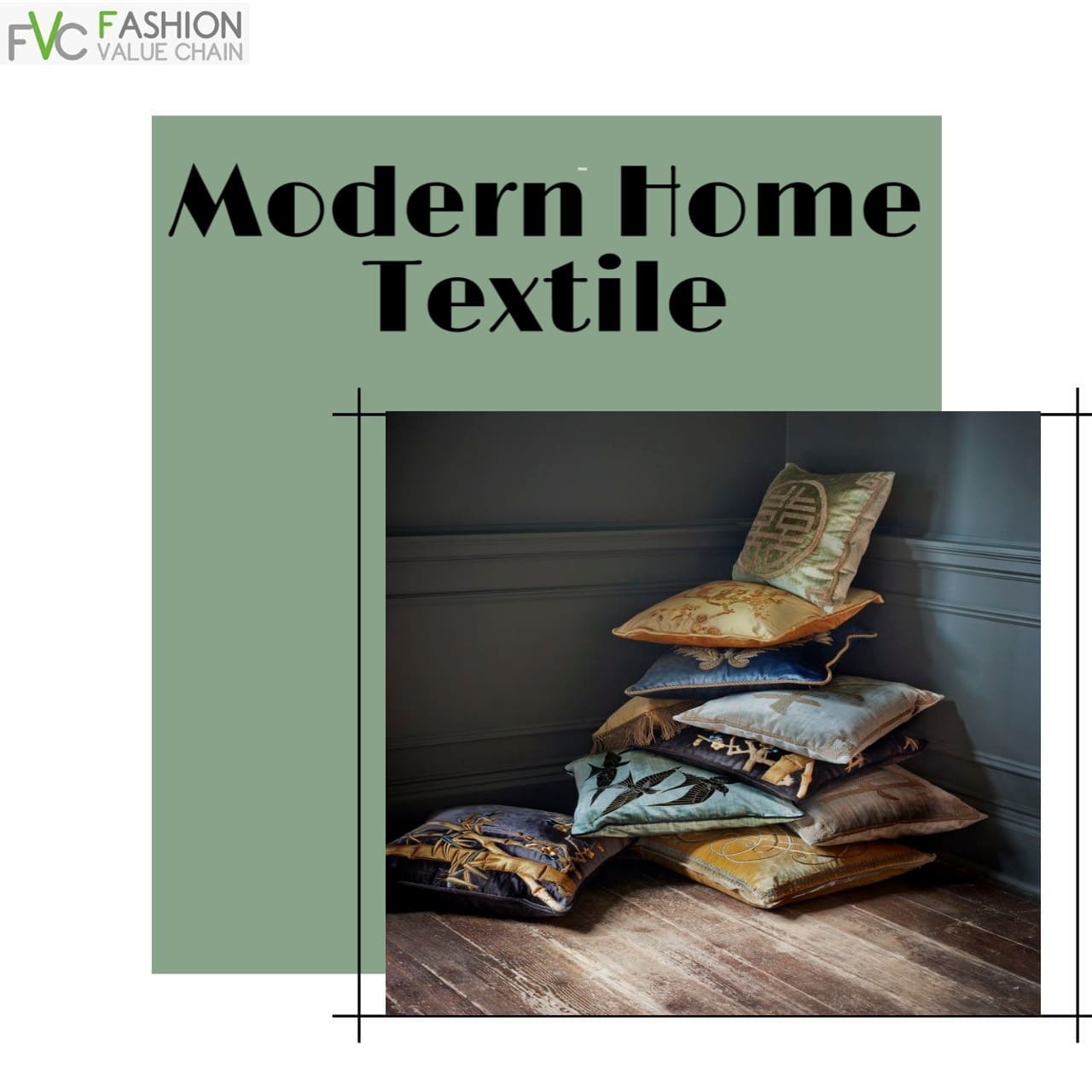Home textiles if are to be praised it can be said that they transform a house into a home. The designs, patterns, size and styling of home textiles have undergone tremendous improvement. Home textiles can be defined as the textiles used for home furnishing. It consists of a various range of functional as well as decorative products used mainly for decorating our houses. The fabrics are used for home textiles consists of both natural and man-made fibres. Sometimes we also blend these fibres to make the fabrics stronger. Generally, home textiles are produced by weaving, knitting, crocheting, knotting, or pressing fibers together.
Textiles have an assortment of uses, the most common of which are for clothing and for containers such as bags and baskets. In the household they are used in carpeting, upholstered furnishings, window shades, towels, coverings for tables, beds, and other flat surfaces, and in art. In the workplace they are used in industrial and scientific processes such as filtering. Miscellaneous uses include flags, backpacks, tents, nets, handkerchiefs, cleaning rags, transportation devices such as balloons, kites, sails, and parachutes; textiles are also used to provide strengthening in composite materials such as fibreglass and industrial geotextiles. Textiles are used in many traditional crafts such as sewing, quilting and embroidery.
Textiles for industrial purposes, and chosen for characteristics other than their appearance, are commonly referred to as technical textiles. Technical textiles include textile structures for automotive applications, medical textiles (e.g. implants), geotextiles (reinforcement of embankments), agrotextiles (textiles for crop protection), protective clothing (e.g. against heat and radiation for fire fighter clothing, against molten metals for welders, stab protection, and bullet proof vests). In all these applications stringent performance requirements must be met. Woven of threads coated with zinc oxide nanowires, laboratory fabric has been shown capable of “self-powering nanosystems” using vibrations created by everyday actions like wind or body movements.
The home textiles are today experimented and manufactured using variety of fabrics including silk, polyester, silks and many others. Some renowned home textiles manufacturers have also started manufacturing home textile products in natural fabrics such as soya and bamboo. The intellectual designers have participated whole heartedly to impart new and exciting looks to the modern and contemporary homes.
It can be a challenge to integrate textiles into a space, but by introducing thoughtful, tactile pieces, a visual narrative emerges. Considered pieces, from rugs to wall hangings, can dramatically shift our sense of the space and set the overall tone.

“Consider the functionality of a room, the light source, the mood you want to create and select textiles to enhance it,” suggests Souad Larusi, founder of Larusi, our go-to for authentic Berber rugs and handmade vintage textiles. “To add drama in a room, a large, free-flowing design helps to create the mood,” she adds.
“Setting textiles against hard materials really enlivens a space,” explains designer Eleanor Pritchard. “Textiles are great against surfaces like stone, concrete and timber. In a home, I think they work best when they are used quite sparingly, and thoughtfully.”
“If you have a cold, noisy, tired or dark room it can easily be transformed with fabric walling,” advises interior and architectural designer Fran Hickman. “The acoustic effect of framing and padding out walls in this way is, unsurprisingly, pretty absorbing. Sound will not echo within and will be kept out, too. For this reason, it is a technique best employed in large drawing rooms, dining rooms, screening rooms and bedrooms,” she adds.

